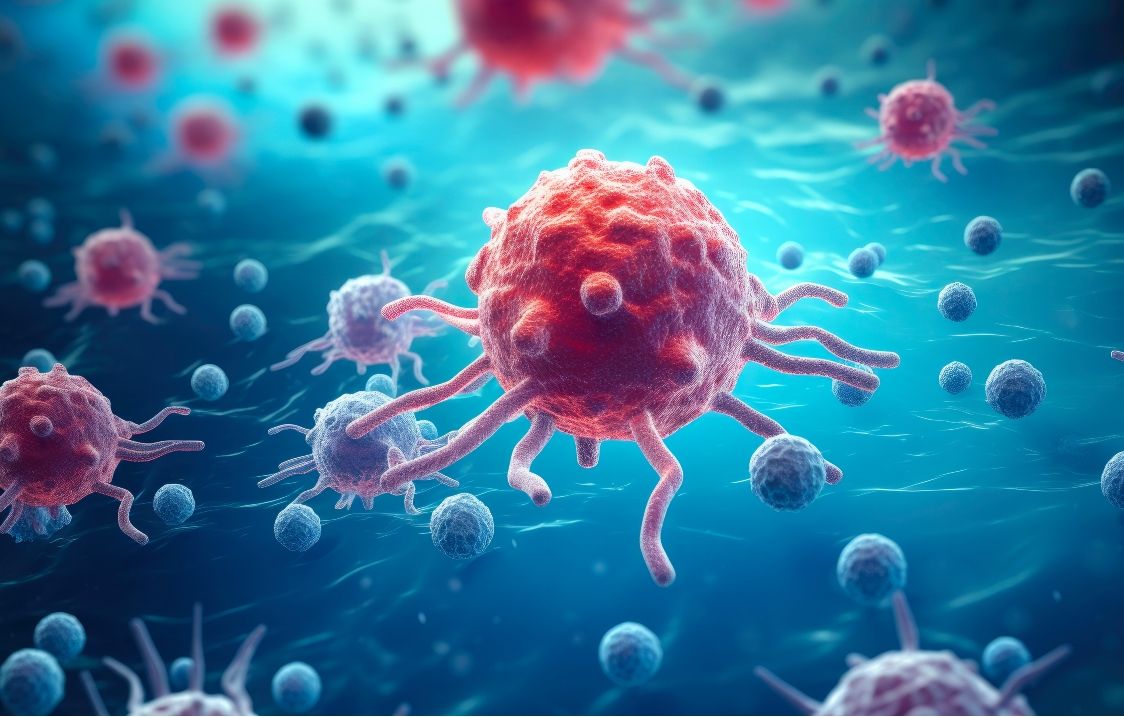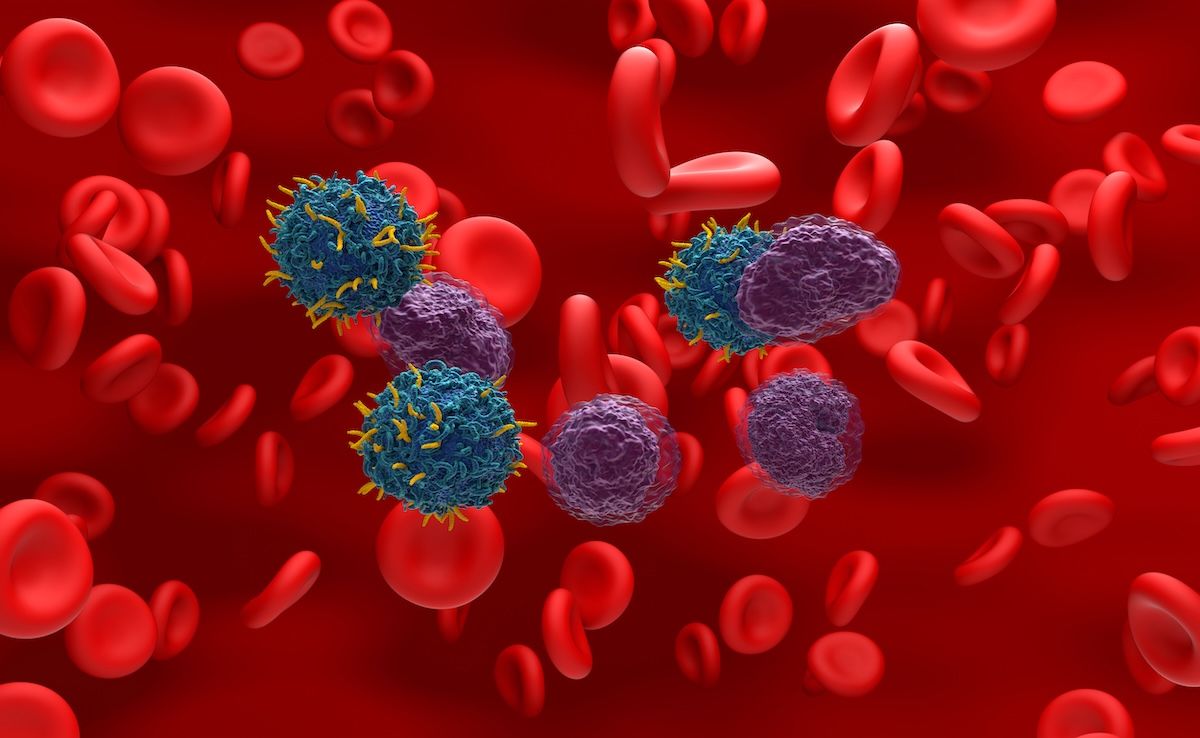Video
R/R Multiple Myeloma Rationale for Decreased Response
Key opinion leaders discuss why patients with multiple myeloma experience increasingly decreased response to therapy over time.
C. Ola Landgren, MD, PhD: Hello and welcome to this AJMC® Peer Exchange titled, “Relapsed/Refractory Multiple Myeloma.”I am Dr Ola Landgren. I am a professor of medicine at the University of Miami, chief of the myeloma program, and the leader of the experimental therapeutics program.Today with me I have 3 of my close friends and colleagues:Dr Luciano Costa, associate director for clinical research and chair of the myeloma working group at O’Neal Comprehensive Cancer Center at the University of Alabama in Birmingham. Welcome, Luciano.
Luciano Costa, MD, PhD: Thank you for having me here. It’s really a pleasure. Thank you.
C. Ola Landgren, MD, PhD: Also I have with me Rafael Fonseca, professor of medicine and chair of the Department of Internal Medicine at the Mayo Clinic in Phoenix, Arizona.
Rafael Fonseca, MD: Thank you. It’s a pleasure to be here with you.
C. Ola Landgren, MD, PhD: I also have with me Ajai Chari, professor of medicine at the Icahn School of Medicine at Mount Sinai, New York City.
Ajai Chari, MD: Hi, Ola. Thanks for having me.
C. Ola Landgren, MD, PhD: Today our panel of experts willprovide an overview of existing treatment options, including practical considerations for regimen selection and emerging treatment options in the setting of relapsed and refractory multiple myeloma.
Let’s jump right into the discussion. I will set the stage by saying, when we talk about relapsed and refractory multiple myeloma, it comes in many colors. Any doctor who treats patients with myeloma, when the disease comes back, it can be very different from patient to patient. Although that’s true, there are of course definitions for how we define relapsed and refractory myeloma, but that refers to definitions we apply to clinical trials.
In clinical trials it would require a rise of the M spike, or the light chains, by certain numbers; for example the M spike has to rise by at least 25%, an absolute increase of 0.5 g/dL. There could also be clinical markers that would define if the patient is relapsing.
In the standard of care setting, because it’s not a clinical trial, it’s more up to the individual clinician to say when that relapsed or refractory disease would prompt some changes. I’m sure every doctor has a different opinion on whether therapy should be started at an earlier point or a later point in this rising biomarker setting. We will discuss that here today; I’m sure we also will have different opinions on when to start that.
Also, what to do when the markers go up if there are no symptoms, which happens in most patients who relapse over maintenance therapy; usually the biomarkers are the first sign. There could also be some patients who have symptomatic disease. If it’s a biomarker or symptom, we probably have different opinions on how to go after it. I think we would agree if it’s symptomatic, we have to hit it hard. If it’s a biomarker however, some of us do a little less therapy, and some of us do a little more. I think we will discuss these topics more today.
We will also talk about how the journey impacts the patient over time with the burden of the disease, not only the symptoms or biomarkers, but also how it emotionally impacts the patient. Also, how this happens repeatedly if there are multiple relapses, what we refer to as the humanistic burden. I will now turn to my colleagues, and I will start with you, Luciano.
When we treat patients with myeloma, when their disease unfortunately comes back, the duration of the remission gets shorter with every relapse. Can you give us a little more perspective and your opinions on how to manage that?
Luciano Costa, MD, PhD: Absolutely. We know that for each line of therapy their responses tend to be less profound, less deep, and shorter lasting. There’s yet another component that I know Rafael probably can comment on because he has published on the subject, there is some significant attrition for each line of therapy. In the subsequent line of therapy, you don’t start with the same pool of patients because there are about 20% of patients who die at each line of therapy, which is really an underappreciated problem with myeloma. I think because we’ve have so many successes, sometimes we’re giving the wrong idea that every patient is going to have every single opportunity all the way through 6 or 7 lines of therapy, and that’s unfortunately not the case.
You’re absolutely right, it has been very well recognized that the pace of relapse is an important marker on how that patient is going to do afterward. It has been particularly well framed for our patients who undergo autologous transplant, where we know those who relapse within the first 12 months have a very dismal prognosis, regardless of what their cytogenetic risk or any other risk factor was.
The reason for that is that probably you are uncovering more clonal heterogeneity and a more proliferative type of disease that doesn’t respond very well to the agents that we usually rely on to treat multiple myeloma.
We tend to automatically take that into consideration when choosing the next line of therapy with the patient, and being more aggressive, for lack of a better word, in controlling disease in those who have a faster rate of climbing of the disease. Sometimes we can approach therapies in a more stepwise fashion in patients who have a long remission, a very slow relapse.





